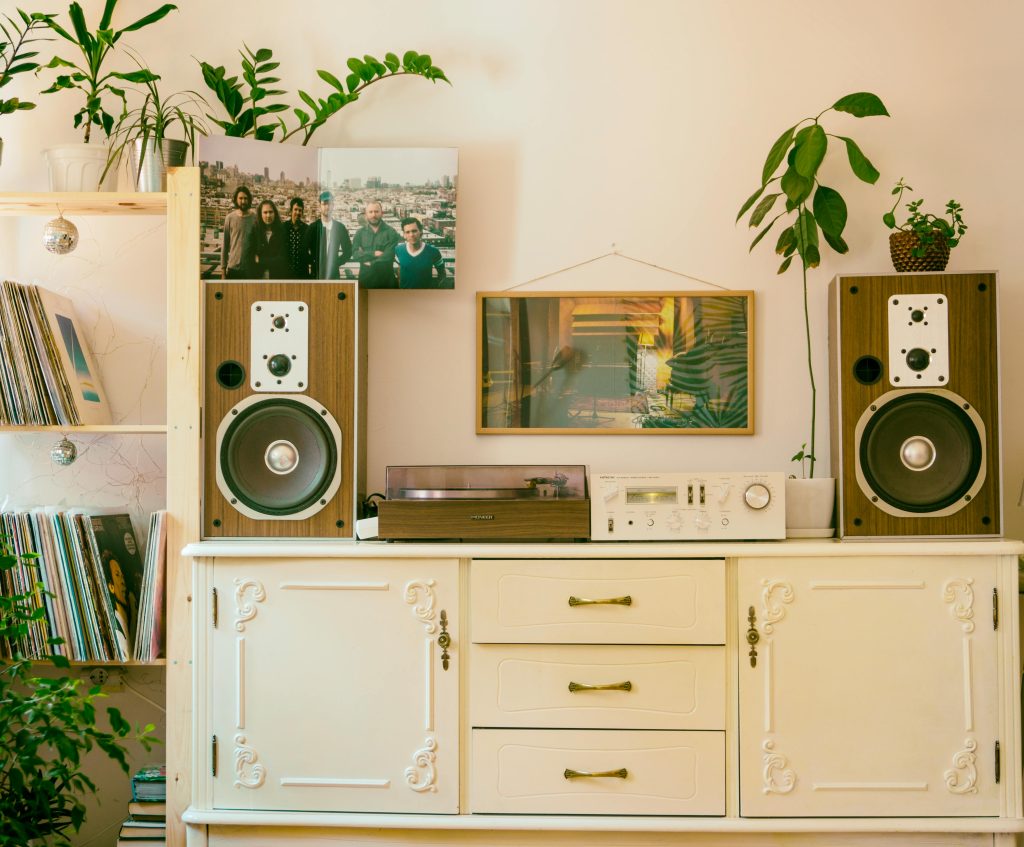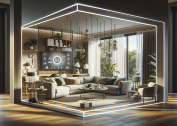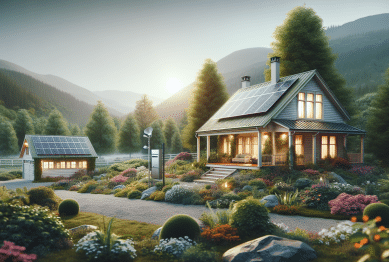Designing small living spaces can be both challenging and rewarding. Limited square footage requires creativity, strategic planning, and thoughtful design choices to create an environment that feels spacious, functional, and aesthetically pleasing. With urban living becoming increasingly popular, mastering home decor for small spaces is a valuable skill that can significantly improve daily life while reflecting personal style. In this article, we explore current trends and practical tips for making the most of compact homes, apartments, or tiny rooms.

Understanding the Challenges of Small Spaces
Small spaces present unique challenges that influence how you plan your home decor. Crowding a room with large furniture or excessive decorations can make it feel cramped, while insufficient storage leads to clutter, creating stress and reducing the sense of calm. Additionally, improper lighting or dark color schemes can exacerbate the feeling of confinement.
To overcome these issues, designers focus on creating multifunctional, visually open spaces that balance aesthetics with practicality. Current trends highlight the importance of clever storage, space-saving furniture, and minimalistic yet impactful design elements.
Maximize Natural Light
Lighting is crucial in small spaces, as it directly affects how large or small a room feels. Natural light can expand the perceived size of a room, create a warm ambiance, and enhance colors and textures. Here are some strategies:
- Use sheer curtains: Instead of heavy drapes, opt for light, sheer fabrics that allow sunlight to filter through while maintaining privacy.
- Mirrors as light enhancers: Strategically placing mirrors across from windows reflects light and creates the illusion of a larger room.
- Light-colored walls and ceilings: Soft whites, creams, and pastels brighten rooms and contribute to a sense of openness.
Research by Architectural Digest emphasizes that maximizing natural light is one of the simplest yet most effective methods for making small interiors feel more spacious and inviting.
Smart Furniture Choices
Furniture in small spaces should prioritize both function and scale. Oversized pieces can overwhelm a room, while compact, versatile items optimize usability. Consider the following ideas:
- Multi-functional furniture: A sofa bed, foldable desk, or ottoman with hidden storage combines multiple purposes in one piece.
- Floating shelves and wall-mounted furniture: Free up floor space by mounting shelves, desks, or cabinets.
- Modular seating: Sectional furniture that can be rearranged allows flexibility for entertaining or creating different layouts.
According to Elle Decor, modular and transformable furniture is increasingly popular in urban apartments because it adapts to changing needs without compromising style.
Clever Storage Solutions
Small spaces require efficient storage strategies to maintain organization and reduce clutter. Creative storage not only keeps belongings tidy but also contributes to visual harmony. Some current trends include:
- Under-bed storage: Utilize drawers or bins under beds to store seasonal items or extra bedding.
- Vertical storage: Tall bookshelves or cabinets use wall height to maximize storage without consuming valuable floor space.
- Hidden compartments: Furniture pieces with built-in storage, like benches or coffee tables, keep essentials accessible yet out of sight.
A 2024 report by Apartment Therapy notes that investing in smart storage solutions significantly improves both functionality and the perception of spaciousness in small homes.
Color Schemes and Patterns
The choice of color and pattern can dramatically impact how a small space feels. Trends in small-space decor favor colors that open up the room and create a cohesive, airy environment:
- Neutral tones: Soft shades of beige, gray, and white provide a versatile backdrop for furnishings and accessories.
- Monochromatic schemes: Using variations of a single color creates visual continuity, making the space feel larger.
- Accent walls and patterns: Adding subtle texture or a single patterned wall can introduce personality without overwhelming the room.
Design experts from Houzz highlight that carefully chosen color schemes enhance light reflection, mood, and the perception of space, making them an essential consideration in small-space design.
Incorporating Mirrors and Reflective Surfaces
Mirrors and reflective surfaces are classic tools in small-space design, and modern trends have expanded their applications. In addition to traditional wall mirrors, designers now incorporate:
- Mirrored furniture: Coffee tables, dressers, or cabinets with reflective finishes amplify light and create depth.
- Glass and acrylic furniture: Transparent surfaces reduce visual clutter and maintain openness.
- Metallic accents: Subtle metallic finishes on fixtures, lighting, or decor accessories reflect light and add sophistication.
According to Better Homes & Gardens, reflective surfaces are a strategic design element in compact interiors, enhancing light and creating an airy atmosphere.
Minimalist Decor and Decluttering
Minimalism remains a strong trend in small-space living. Emphasizing quality over quantity ensures that each piece serves a purpose while contributing to the overall aesthetic. Key strategies include:
- Edit possessions regularly: Keep only items that are functional, meaningful, or visually appealing.
- Focus on statement pieces: One or two eye-catching items create interest without overwhelming the space.
- Declutter surfaces: Maintain open countertops, tables, and shelves to prevent a cramped feeling.
Real Simple suggests that minimalism paired with thoughtful decor helps small spaces feel serene and organized, enhancing both functionality and visual appeal.
Utilizing Vertical and Multi-Purpose Spaces
Optimizing vertical space is a key trend in modern small-home design. Beyond storage, vertical solutions can enhance aesthetics and utility:
- Lofted beds or elevated platforms: Create space for seating, storage, or work areas beneath a bed or platform.
- Hanging plants and wall art: Draw eyes upward and introduce greenery without occupying floor space.
- Vertical kitchen storage: Hooks, rails, and tall cabinets free up counter space and maintain kitchen efficiency.
According to Architectural Digest, vertical design strategies allow homeowners to fully leverage their square footage while keeping the environment uncluttered and stylish.
Multi-Functional Rooms
In small homes, each room often serves multiple purposes. Emerging trends focus on flexible layouts and multifunctional areas:
- Living-dining hybrids: Foldable tables and stackable chairs allow spaces to transition between work, dining, and relaxation.
- Home office corners: Compact desks or wall-mounted workstations turn unused corners into productive areas.
- Guest accommodations: Murphy beds or convertible furniture provide overnight guest options without permanent furniture occupying floor space.
Design experts emphasize that maximizing flexibility is crucial in small apartments, ensuring each room adapts to changing lifestyle needs.
Textures and Materials
In small spaces, textures and materials can add depth and personality without consuming space. Current trends highlight tactile and visual diversity:
- Natural fibers: Rugs, throws, and cushions made from jute, cotton, or wool bring warmth and softness.
- Wood accents: Light-toned wood adds natural appeal while maintaining a spacious feel.
- Layering textiles: Layering soft furnishings in complementary tones creates comfort and interest.
House Beautiful notes that combining textures strategically adds dimension to small spaces, creating a rich and inviting environment.
Technology and Smart Solutions
Incorporating technology in small-space design is an emerging trend, particularly in urban apartments:
- Smart lighting: Adjustable LED lighting allows for mood changes without taking up space.
- Compact appliances: Slimline kitchen appliances save space without sacrificing functionality.
- Automated storage: Motorized or hidden storage units streamline organization.
Smart technology integration ensures that even compact homes remain functional, convenient, and modern.
Conclusion
Designing small spaces requires creativity, strategic planning, and thoughtful choices in furniture, color, and layout. Current trends in small-space decor emphasize natural light, multifunctional furniture, clever storage, minimalist aesthetics, and smart technology. By leveraging vertical space, reflective surfaces, and flexible layouts, homeowners can maximize both functionality and style. Ultimately, successful small-space design balances practicality with visual appeal, transforming compact interiors into comfortable, organized, and visually expansive homes.
References
- Architectural Digest. “Maximizing Small Spaces: Expert Design Tips.” Architectural Digest, 2024. https://www.architecturaldigest.com
- Apartment Therapy. “Smart Storage Ideas for Small Apartments.” Apartment Therapy, 2024. https://www.apartmenttherapy.com
- Elle Decor. “Modular Furniture Trends in Urban Living.” Elle Decor, 2024. https://www.elledecor.com









